#Fashionportfolio
Text
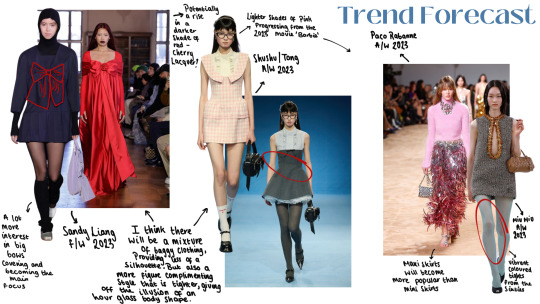
Trend Forecasting A/W 24 and 25 using previous runway collections.
5 notes
·
View notes
Text
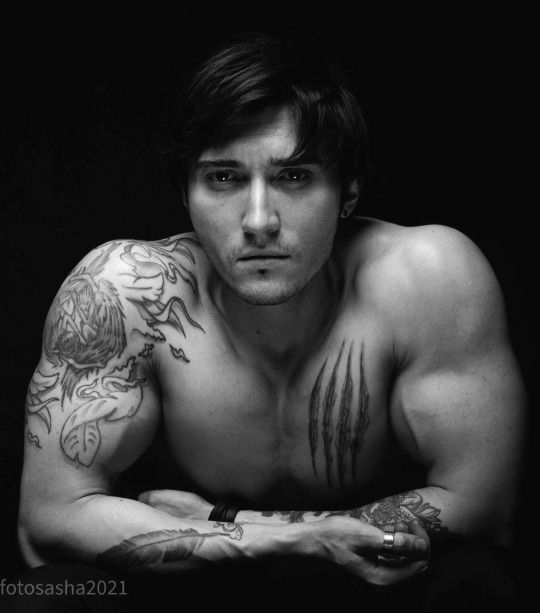
#monochrome#sexy hunk#tattoed#inkedmodel#inked#sexy hands#handsome#black and white#fashionportfolio#muscular#biceps
24 notes
·
View notes
Text

Energizer - Ver. 13-15
Same description as Ver. 1-3
An original character design I created and based off a support type who provides energy boosts or buffs to other characters by processing their own energy into batteries (I was thinking pills originally but I didn’t like the idea by the end of the design). She’s a bit scrappy, but always ready to help.
She’s not a dedicated character yet, so I wanted to play with different color schemes for her outfit.
Character Items:
Battery Tester
Materials used:
-Alcohol Markers
-Gel pens
-Colored Pencils
-Fineliners
Edited in Clip Studio
#Fashionillustration#Fashionsketch#Fashionsketches#Fashionsketchbook#Fashionportfolio#Fashiondrawing#Fashiondraw#Fashiondrawings#Fashiondesign#Fashiongallery#Fashionartist#Fashionfuture#Fashionartwork#Fashioninspiration#OutfitDesign#Tumblrartist#FashionArt#MarkerArt#MarkerDrawing#Markers#Markersketch#Futuristic#Dailyart#Tumblrart#CostumeDesign#Illustration#FashionCollection#CharacterDesign#Traditionalart
8 notes
·
View notes
Text
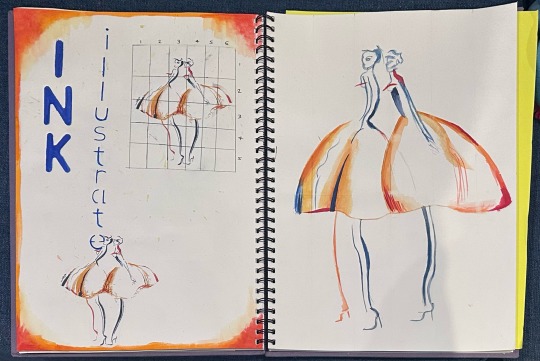

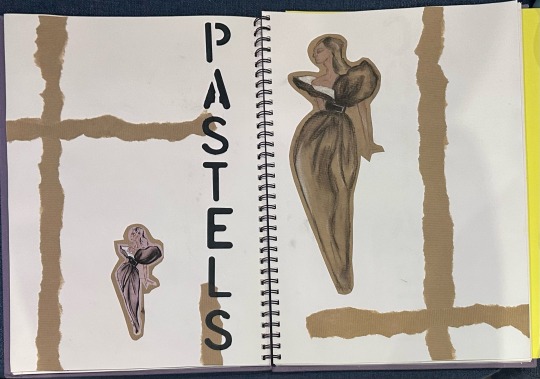
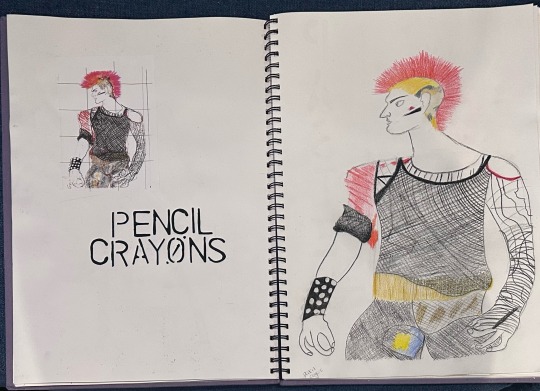
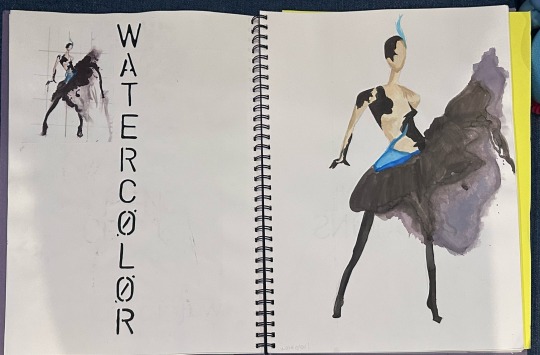
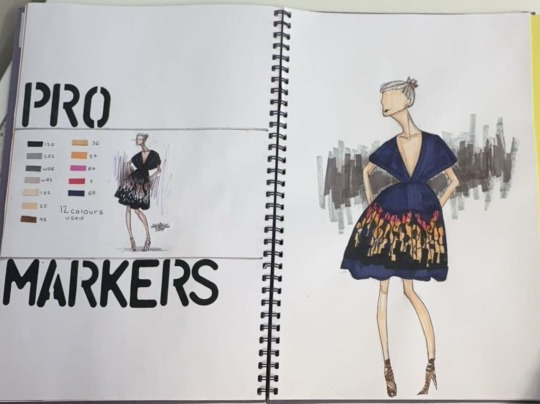
Six Media Pieces
• ink - I found the ink pieces really fun to create. I really love how the colors blue and orange look together and they combine really well to do the lines. One other thing i really liked was that the inks weren’t spreading really far through the paper. This made it easy to create smaller lines with the ink (e.g outline for the skirt).
•collage - The collage wasn’t my favorite one to do as i found creating the scrunches with the paper a bit challenging and then that also made it difficult to place the paper in the right place. However i do really love how the background for the collage was writing from new articles and books and i would definitely use that technique with some other pieces i’ll create.
•pastels - I loved working with the pastels to create the drawing. Each color was easy to layer up and created a really nice blended effect. One downside was that it was really easy to smudge the colors together on accident if you were still working on it. But when you had finished the piece and sprayed it then it all stayed well and looked really good.
•pencil crayons - I have a love and hate for working with the pencils. I really liked how you can make sure you’re in the lines and can create defined lines. Coloring all together is something i will use in future projects. However one thing was that in some places you can see the paper underneath the colors as it didn’t cover it.This makes you have to press harder which can sometimes ruin how your making it look
•watercolor - Watercolor was my favorite to work with. I love how easy the colors go onto the paper and how they blend with each other. One thing which i don’t like about this page was that i ran out of ideas on how to present the other page but when i saw other people’s in my class, i had the idea of the water drops but i realized i did too many and the page had some brown from the drawing on making it look unprofessional. I also find layering up the water colors hard but have learnt to let one layer dry before trying to mix other colors over it.
•pro markers - I really enjoyed creating the drawing with the pro markers. I liked how easy they were to work with as there was many colors and shades making me able to add more dimension into the skin. One thing i found hard with the pro markers was that they leaked out a bit meaning some came out of the lines and made it look uneven.
2 notes
·
View notes
Text
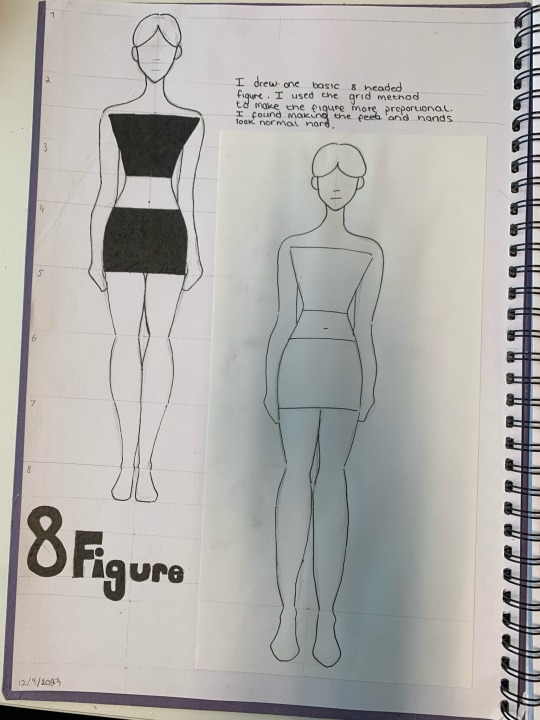
my first figure i tried, was the 8 figure. i used the grid method which i found relatively easy and helpful. the hardest part of drawing the figure was to actually get the proportions correct and the hands to actually look decent. the feet was also something i struggled with.
2 notes
·
View notes
Photo

My portfolio website is updated and now live! You can view my recent collections and more at https://www.andelinn.com/ #fashiondesigner #fashioncollection #fashion #fashionportfolio https://www.instagram.com/p/CiqSjb0PRGY/?igshid=NGJjMDIxMWI=
7 notes
·
View notes
Text

Mastering Style: Your Guide to Fashion Design Excellence
#fashion design#FashionDesign#FashionDesigner#FashionSchool#FashionStudent#FashionEducation#DesignSchool#DesignEducation#CreativeFashion#FashionTrends#FashionInspiration#StyleDesign#FashionIndustry#FashionCareer#FashionPortfolio#FashionArtistry
1 note
·
View note
Text

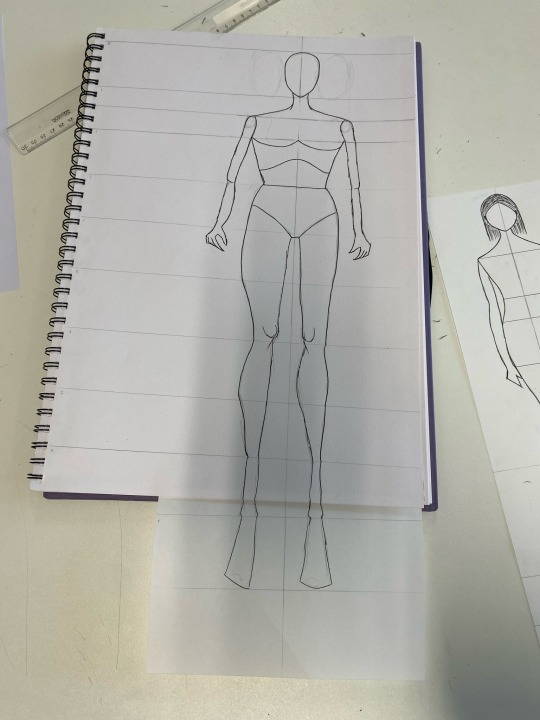
𝟗 𝐅𝐈𝐆𝐔𝐑𝐄
For this figure, I used the grid method and split my page into 9 sections of 5cm to double up my figure. I had to cello tape extra paper to the bottom of my page to accommodate the length of the figure. To finish I used a fine line pen to neaten the edges of the figure. With this 9 figure I struggled to perfect the body proportions to the accurate sizing.
0 notes
Text
Which Factors to Consider while choosing fashion Portfolio
Introduction
In the ever-evolving world of fashion, a captivating portfolio is your passport to success. Whether you're an aspiring fashion designer, model, stylist, or photographer, your portfolio is a visual representation of your talent, creativity, and unique style. It serves as your calling card to prospective clients, agencies, or employers. In this comprehensive guide, we will explore the crucial factors you need to keep in mind while creating a fashion portfolio that leaves a lasting impression.
Define Your Purpose
Before embarking on the journey of creating your fashion portfolio, it's essential to define your purpose. What are you trying to achieve with your portfolio? Are you aiming to secure a job, attract clients, or gain exposure in the fashion industry? Your purpose will shape the content, style, and focus of your portfolio.
Identify Your Niche
Fashion is a vast industry with numerous niches and subcultures. Determine your niche and target audience. Are you into haute couture, streetwear, sustainable fashion, or bridal collections? Identifying your niche will help you curate a portfolio that resonates with your chosen field.
Showcase Your Best Work
Quality over quantity is the golden rule of portfolio creation. Select a limited number of your best work to showcase. Your portfolio should reflect your finest skills, creativity, and versatility. Include a variety of projects that demonstrate your range and expertise.
Organize and Curate
Your fashion portfolio should have a clear and organized structure. Start with a captivating introduction that sets the tone for your work. Arrange your projects in a logical order, considering factors like chronology, style, or theme. Maintain consistency in layout and formatting to create a cohesive visual identity.
Highlight Your Unique Style
Your fashion portfolio is your chance to express your unique style and creative vision. Be authentic and true to your artistic sensibilities. This is what sets you apart from others in the industry. Whether it's your use of color, texture, or composition, ensure that your signature style shines through.
Storytelling Through Imagery
Fashion is not just about clothing; it's about storytelling. Use your portfolio to tell a narrative through your imagery. Create mood boards, concept sketches, and behind-the-scenes shots to give context to your work. Showcase the creative process, from ideation to execution.
Quality Photography
Photography is a critical aspect of your fashion portfolio, regardless of your role in the industry. Invest in high-quality images that capture the essence of your work. Collaborate with skilled photographers who understand fashion aesthetics, lighting, and composition.
Model Selection
If you're a fashion designer or stylist, the choice of models is pivotal. Select models who complement your designs and embody the image you want to convey. Diversity and inclusivity are also essential considerations in today's fashion landscape.
Consistency in Styling
Maintain consistency in styling across your portfolio. Pay attention to details like hair, makeup, and accessories. Ensure that the styling enhances the overall concept and theme of your work.
Keep It Updated
The fashion industry is dynamic, and trends change rapidly. Keep your portfolio updated with your latest work and achievements. Remove outdated or irrelevant content to maintain relevance.
Online Presence
In the digital age, an online presence is crucial for exposure. Create a professional website or use platforms like Behance, Instagram, or LinkedIn to showcase your portfolio. Optimize your online profiles for search engines to increase discoverability.
Tailor to Your Audience
Customize your portfolio for different audiences. If you're applying for a job, emphasize relevant skills and experiences. If you're pitching to clients, showcase projects that align with their brand or vision.
Seek Feedback
Don't hesitate to seek feedback from mentors, peers, or industry professionals. Constructive criticism can help you refine your portfolio and make it stronger.
Network and Collaborate
Building relationships in the fashion industry is essential. Collaborate with other professionals to create compelling projects for your portfolio. Networking can open doors to new opportunities and collaborations.
Attention to Detail
In the fashion industry, attention to detail can make or break your portfolio. Ensure that every element, from the stitching on a garment to the composition of a photograph, is flawless. Tiny imperfections can detract from the overall impact of your work.
Versatility
While it's important to have a signature style, versatility is also highly valued in the fashion world. Showcase your ability to adapt to different styles, trends, and aesthetics. Demonstrating versatility can open doors to a wider range of opportunities.
Story Behind Each Piece
Incorporate the story behind each piece or project in your portfolio. Explain the inspiration, concept, and challenges you faced during the creative process. Sharing these insights adds depth to your work and connects viewers on a more personal level.
Collaborative Projects
Collaborations can be a powerful addition to your portfolio. Highlight projects where you worked with a team of professionals, including models, photographers, makeup artists, and stylists. This showcases your ability to collaborate and produce outstanding results as part of a team.
Balance of Originality and Marketability
Striking the right balance between originality and marketability is crucial. While pushing creative boundaries is important, remember that fashion is a business. Ensure that your portfolio includes work that can be commercialized and appeals to a broad audience.
Ethical Considerations
In today's socially conscious world, ethical considerations are paramount. If you're involved in the production of fashion, highlight your commitment to sustainable practices, ethical sourcing, and responsible manufacturing. Show that you are mindful of the environmental and social impact of your work.
Presentation Matters
The way you present your portfolio is as important as its content. Invest in high-quality printing or digital presentation methods. Ensure that your portfolio is easy to navigate, with clear labels, captions, and explanations for each piece. A well-presented portfolio demonstrates professionalism and attention to detail.
Adapt to Technological Trends
Fashion, like many other industries, is influenced by technology. Stay up-to-date with technological trends such as virtual reality, augmented reality, or 3D modeling, and incorporate them into your portfolio if relevant. Embracing emerging technologies can set you apart from the competition.
Consistency Across Platforms
If you maintain an online presence through social media or other digital platforms, ensure that your portfolio aligns with your overall brand image. Consistency in branding and messaging across all platforms helps build a strong and recognizable personal brand.
Legal Considerations
Respect intellectual property rights and legal considerations when including work in your portfolio. Obtain necessary permissions for photographs, logos, or copyrighted materials. Be aware of any non-disclosure agreements or confidentiality clauses that may restrict what you can showcase.
Stay Informed and Inspired
Fashion is a dynamic field that constantly evolves. Stay informed about the latest trends, industry news, and emerging designers. Continuously seek inspiration from a variety of sources, including art, culture, nature, and everyday life. An inspired artist or designer often produces the most compelling work.
Conclusion
Creating a fashion portfolio is an ongoing process of self-discovery, growth, and adaptation. It's a reflection of your journey in the fashion industry, showcasing your evolution as an artist, designer, or professional. By meticulously considering the factors mentioned in this extended guide and remaining open to learning and growth, you can build a fashion portfolio that not only impresses but also tells a compelling story of your unique creative path in the world of fashion. Embrace the challenges, seize opportunities, and let your passion shine through your portfolio. The fashion world is waiting to be inspired by your talent and vision.
0 notes
Text
Fashion Designing Jobs: A World of Possibilities

Unlocking Opportunities: Fashion Designing Jobs and Your Journey with IIFT
Fashion designing is more than just creating beautiful garments; it's a dynamic industry brimming with diverse job opportunities. If you're passionate about fashion and aspire to build a career in this glamorous world, IIFT SCHOOL OF FASHION AND INTERIOR DESIGN can be your guiding star.
Fashion Designing Jobs: A World of Possibilities
Fashion is a multi-billion-dollar industry with a global reach. From haute couture to ready-to-wear, and from runway models to textile manufacturing, there's a role for every fashion enthusiast. Here are some exciting career paths within the fashion industry:
1. Fashion Designer:
Role: Create clothing and accessory designs.
IIFT Preparation: IIFT equips you with the design skills, creativity, and knowledge of trends needed to become a successful fashion designer.
2. Fashion Merchandiser:
Role: Oversee the production and marketing of fashion products.
IIFT Preparation: IIFT's programs cover merchandising and business aspects of the fashion industry, making you a valuable asset for fashion brands.
3. Textile Designer:
Role: Develop patterns and fabrics for clothing and furnishings.
IIFT Preparation: IIFT's curriculum includes textile design, giving you a strong foundation in this field.
4. Fashion Stylist:
Role: Curate and coordinate outfits for photoshoots, events, or individuals.
IIFT Preparation: IIFT provides hands-on experience in styling through practical projects and industry exposure.
5. Fashion Illustrator:
Role: Create visual representations of fashion ideas.
IIFT Preparation: IIFT hones your sketching and illustration skills, essential for this role.
6. Fashion Photographer:
Role: Capture fashion and clothing for advertising or editorial purposes.
IIFT Preparation: IIFT's comprehensive understanding of fashion can enhance your ability to capture its essence through photography.
7. Fashion Buyer:
Role: Select and purchase fashion items for retail.
IIFT Preparation: IIFT's courses in fashion business provide insights into buying and procurement processes.
8. Costume Designer:
Role: Design costumes for film, television, or theater productions.
IIFT Preparation: IIFT's creative environment nurtures your costume design skills.
IIFT: Your Catalyst to Success
So, how can IIFT propel you into these thrilling fashion designing jobs? Here's how:
1. Comprehensive Curriculum:
IIFT offers programs that cover various facets of the fashion industry, from design and merchandising to textiles and business management. You'll graduate with a well-rounded skill set.
2. Industry Exposure:
IIFT collaborates with industry leaders, ensuring that you gain real-world experience and insights. You'll interact with professionals, attend workshops, and participate in fashion events.
3. Creative Environment:
IIFT fosters creativity and innovation. You'll have the freedom to explore your unique style, enabling you to stand out in the competitive fashion world.
4. Networking Opportunities:
Building connections is crucial in the fashion industry. IIFT's network of alumni and industry contacts can open doors to exciting job prospects.
Your Fashion Career Starts Here
With IIFT as your launchpad, you can explore a world of fashion designing jobs and make your mark in this ever-evolving industry. Whether your passion lies in design, merchandising, styling, or any other fashion-related field, IIFT provides the education and support you need to succeed.
Don't wait to unlock your potential in the world of fashion designing jobs. Choose IIFT and embark on a journey that will transform your passion into a fulfilling career.
Also Read: How to Become a Fashion Designer
#FashionCareer#FashionPortfolio#DesignInspiration#FashionShows#FashionIndustry#FashionTrends#FashionInternship#FashionNetworking#FashionEntrepreneur
0 notes
Text
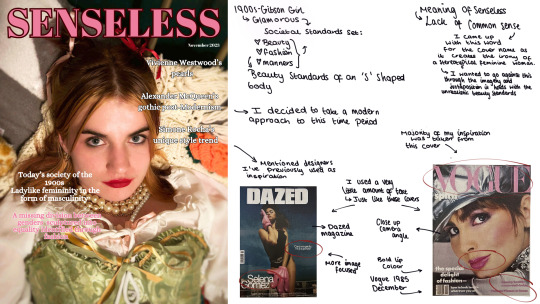
Final image of the magazine cover I created. I did a main focus on a modernised version of the Gibson Girl and the 1900s era while creating a vision into the opposite of feminine stereotypes.
0 notes
Text
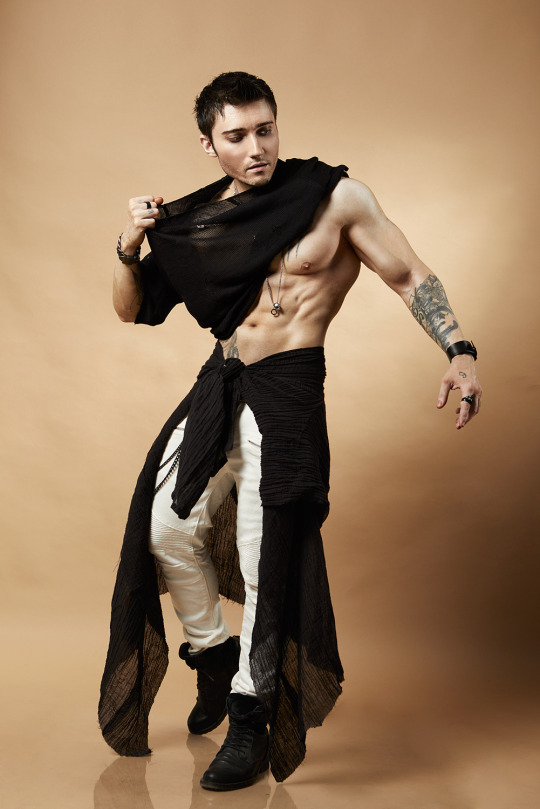
#muscle men#sexyboys#fashion#muscle#sexy hunk#sexy motherfucker#six pak#high fashion#six pac abs#muscular#hairstyle#so hot 🔥🔥🔥#handsome#hot as fuck#gorgeous#fashion photoset#style#inkedmodel#ink#fashionportfolio
5 notes
·
View notes
Text
Marc Jacobs Mock perfume campaign
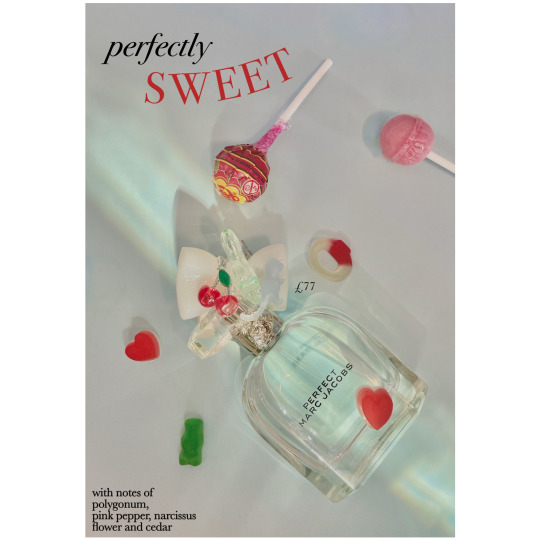
#photography#perfume#marc jacobs#eau de toilette#fashion photography#fashion campaign#fashionportfolio
0 notes
Text
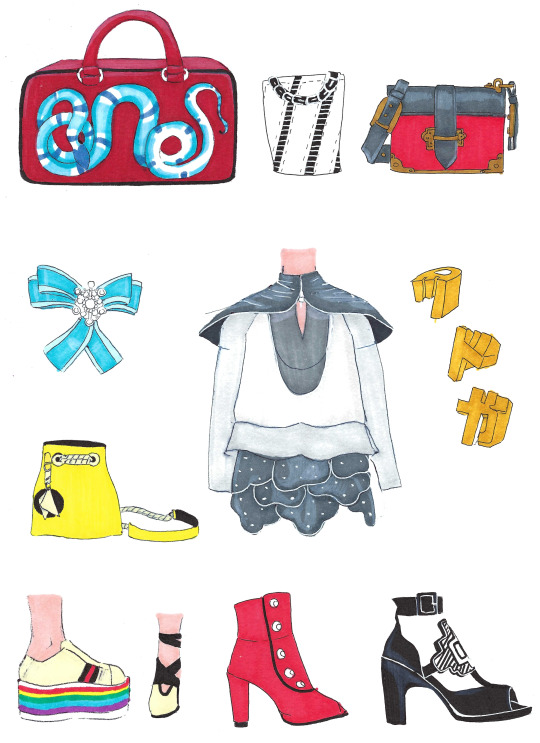
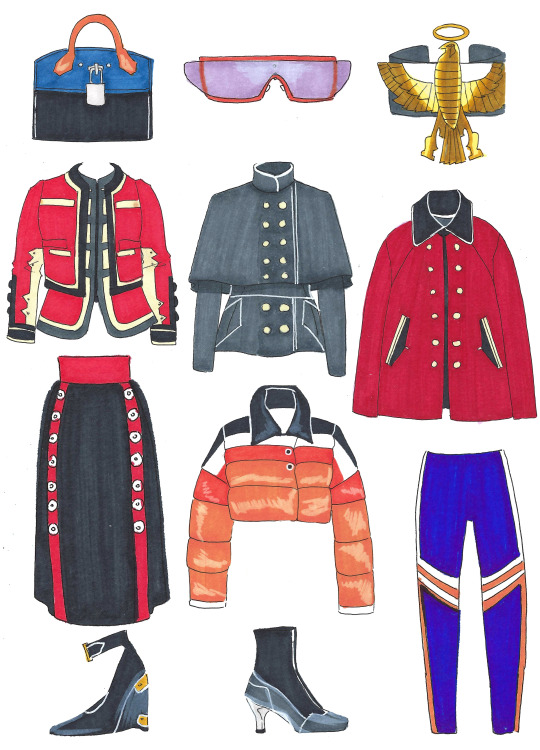

The last few recent fashion sketches and mini illustrations I made for warm-ups.
#Fashionillustration#Fashionsketch#Fashionsketches#Fashionsketchbook#Fashionportfolio#Fashiondraw#Fashiondesign#Fashiongallery#Fashionartist#Fashionfuture#Fashionartwork#Fashioninspiration#OutfitDesign#Tumblrartist#FashionArt#MarkerArt#MarkerDrawing#Markers#Markersketch#Futuristic#Dailyart#Tumblrart#CostumeDesign#FashionCollection#CharacterDesign#TraditionalArt
3 notes
·
View notes
Text
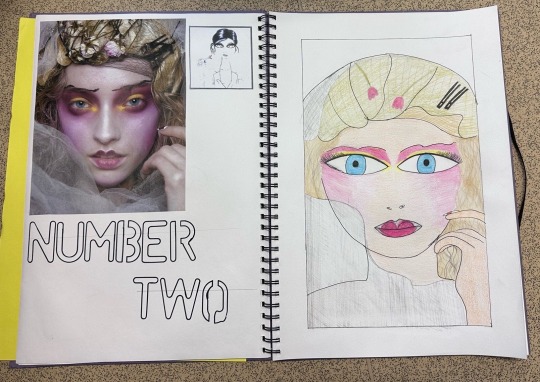
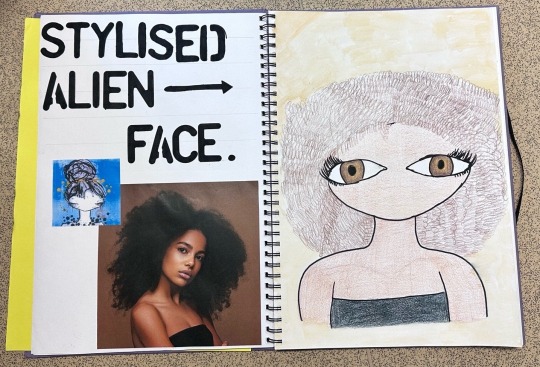

stylists alien faces.
These were really fun to create because it gave me freedom to do what i wanted. We choose 3 photos which all had to have different styles. For the first one i found it easy however the hair was difficult because the hair. However when i got the hang of it it was fine to do. Next one i struggled with because i didn’t really know how to draw her but then after a few attempts i just added some color and it made the drawing look better. I wasn’t confident with this one and it is my least favorite one i created out of the three. Lastly, the water color one is my favorite . I found drawing the face with a graph was easier then just free drawing it. I enjoyed using the water colors and mixing the colors together to create the tones and shades. I also enjoyed doing the pop of colors into it.
2 notes
·
View notes
Text
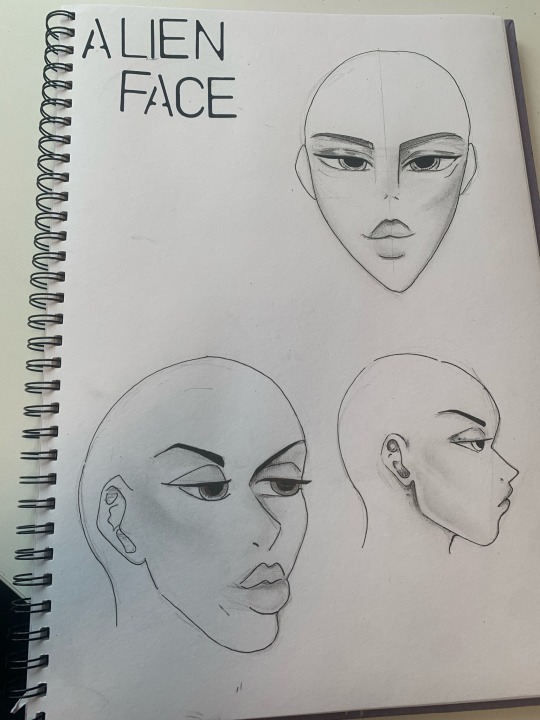
today i tried drawing a head using the stylised alien face, i found it difficult proportionating the face as it wasn’t something I’m used to. However i think i did good at the side profile
1 note
·
View note